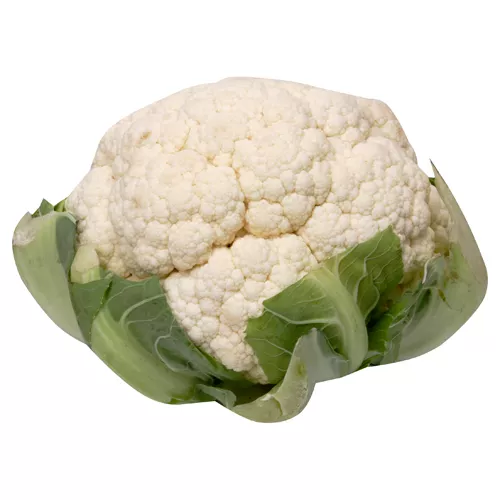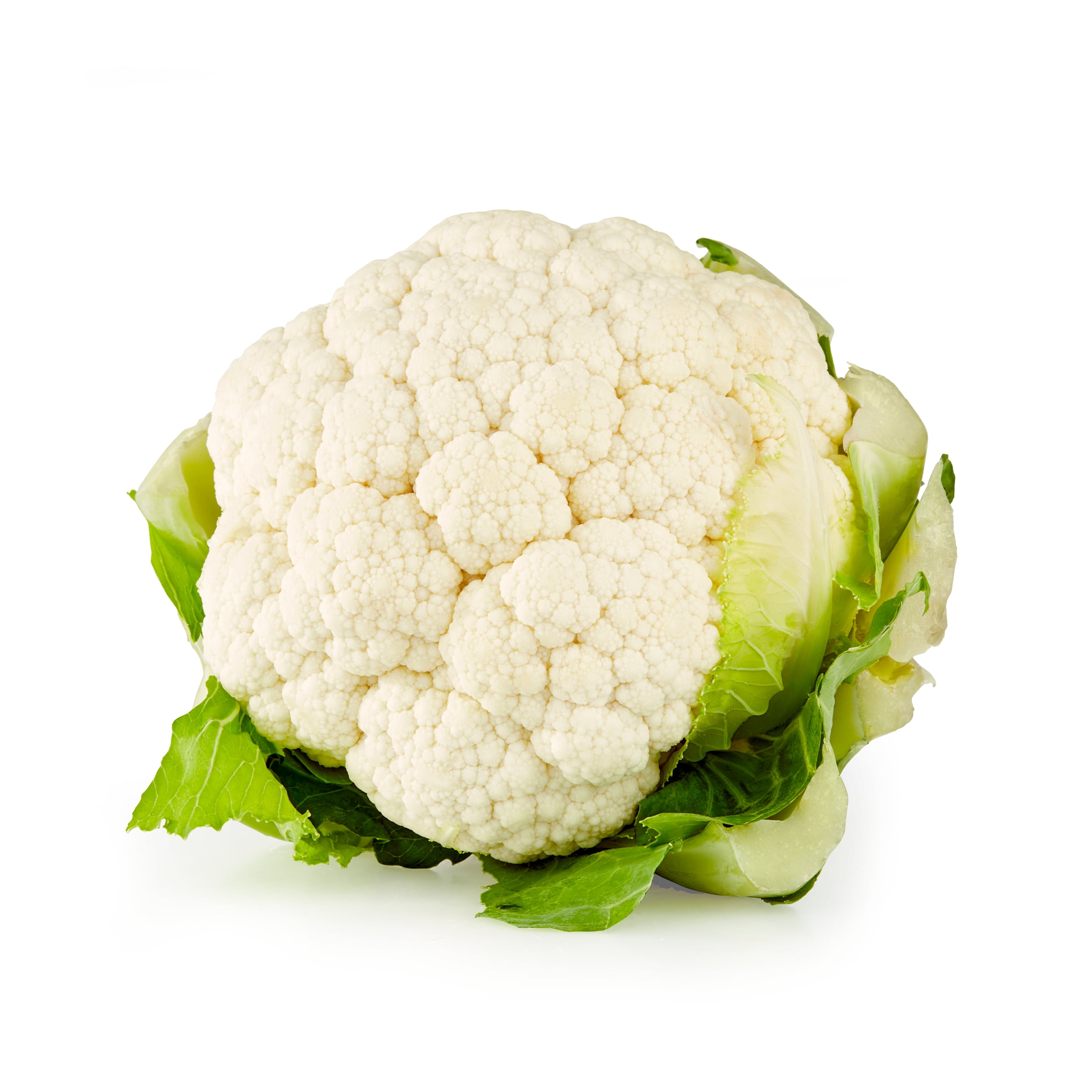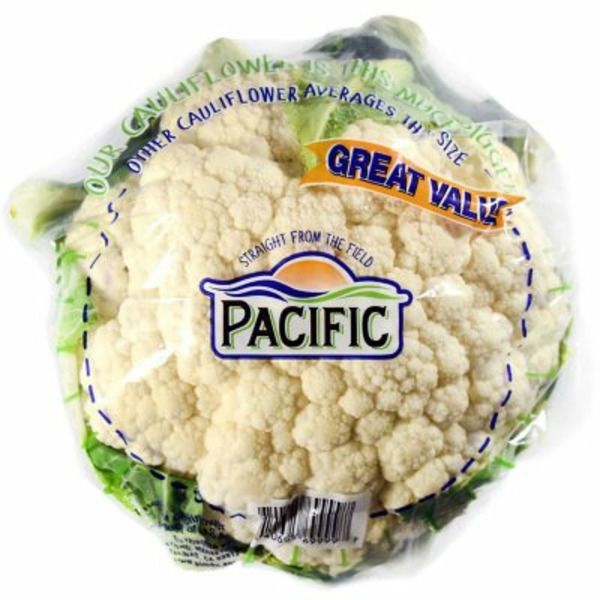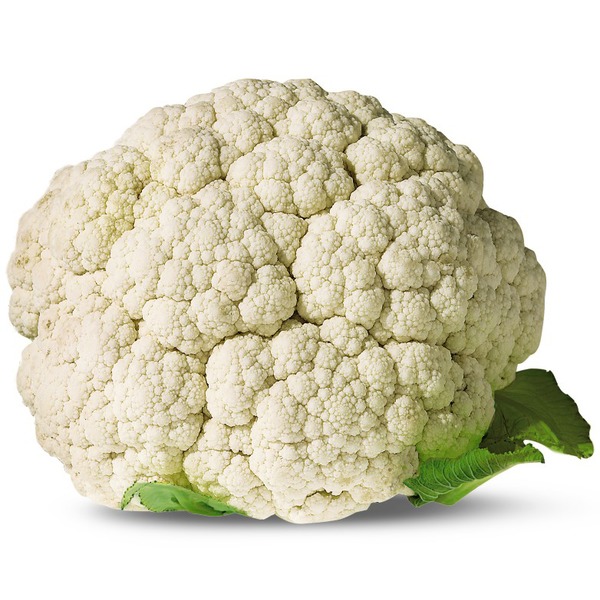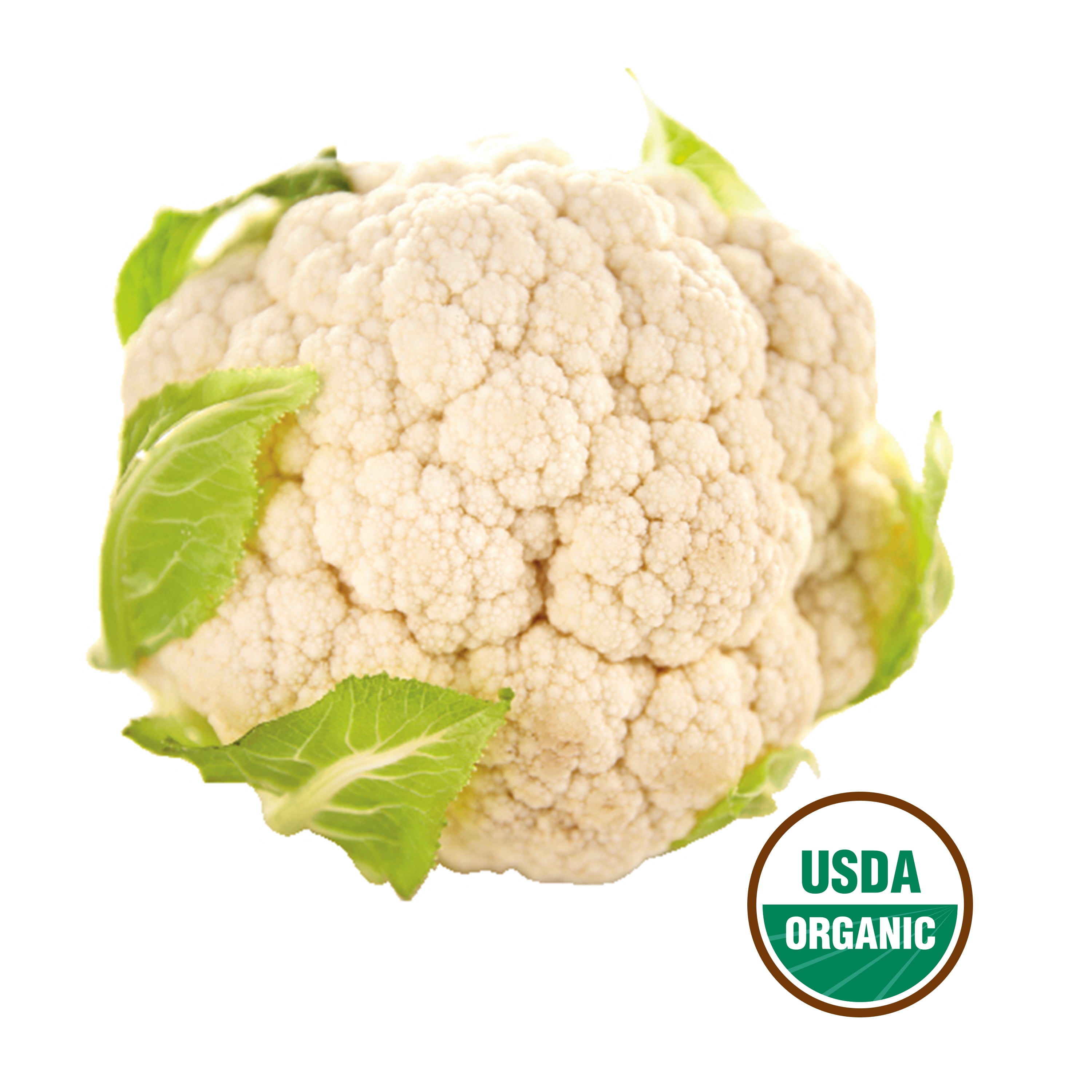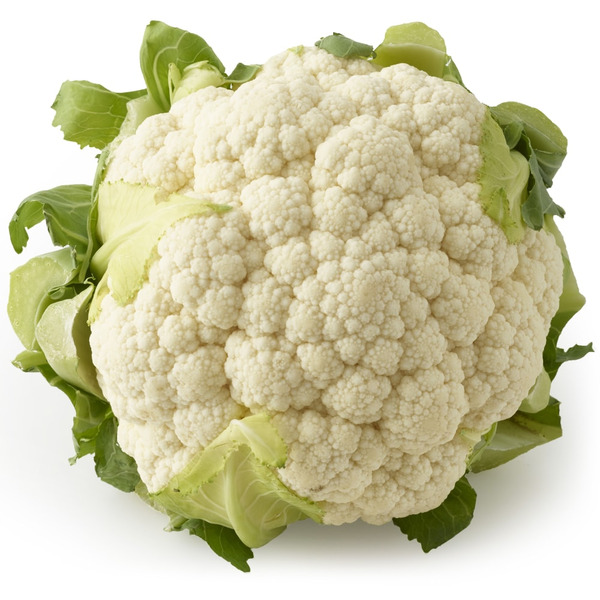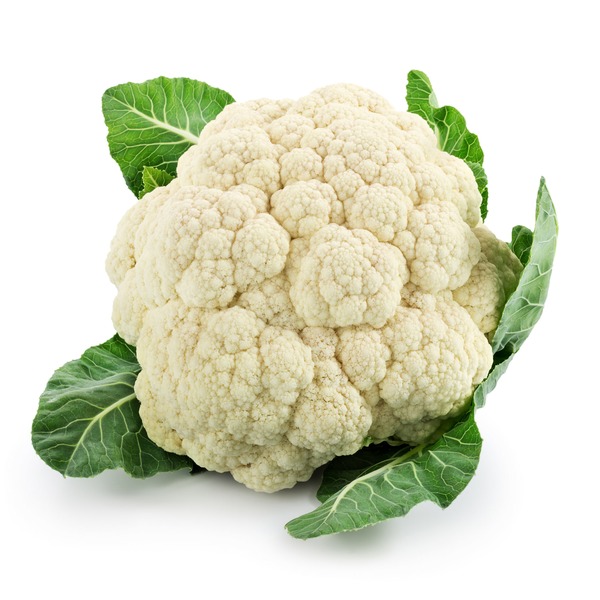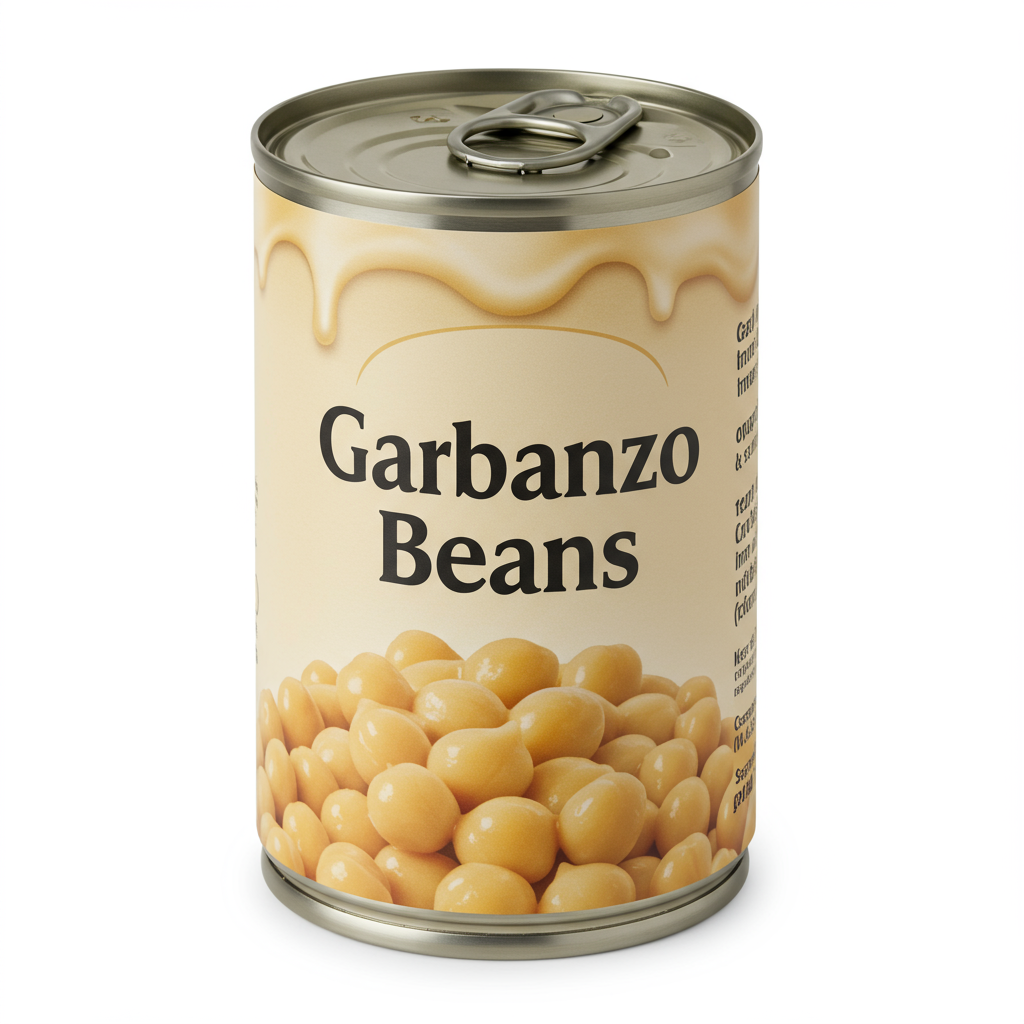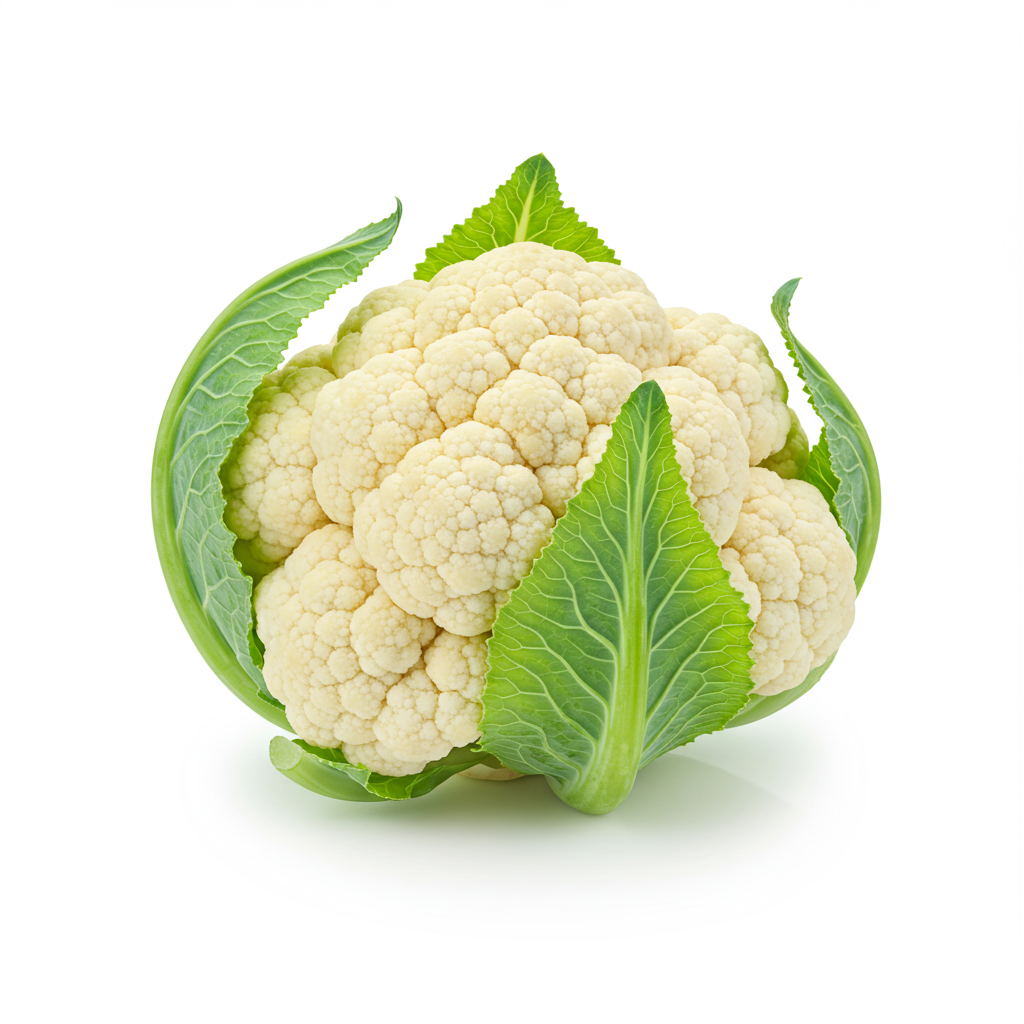SIDE DISHES
MAIN DISHES
SALADS
Cauliflower
Cauliflower is a versatile, nutrient-dense cruciferous vegetable that is a member of the Brassica oleracea species. Available in various colors such as white, green, purple, and orange, this vegetable is characterized by a dense, compact head or "curd" made up of developing flower buds, surrounded by protective green leaves.
Not only is cauliflower low in calories and high in essential vitamins and minerals, but it's also an excellent substitute for starchy or carb-heavy ingredients in numerous dishes. Home cooks frequently use it as a stand-in for rice, mashed potatoes, and pizza crust, ensuring delicious and healthier dining experiences.
69%
CARBS
4%
FAT
27%
PROTEIN
996 Cauliflower Products
Used In 304 Recipes
6
Savory Beef and Broccoli Cauliflower Casserole
2
Zesty Cauliflower & Bean Fiesta Bowls with Fragrant Cilantro-Lime Rice
5
Tuscan Cauliflower and Kale Soup
1
Italian Cauliflower-Beef Bake
3
Crispy Buffalo Cauliflower Bliss Bowl
4
Creamy Chicken Alfredo Cauliflower Gratin
2
Cilantro-Lime Rice Bowl with Roasted Cauliflower & Black Beans
2
Hearty Cauliflower and Beef Curry
Cauliflower Is Frequently Used With
Cauliflower FAQ
Cauliflower is a wonderfully versatile ingredient that can be used in a myriad of ways in the kitchen. With its unique texture and mild flavor, it serves as a great substitute for more calorie-dense foods like rice, mashed potatoes, and even pizza crust. Despite its versatility, many people often struggle with how to properly prepare and use this vegetable in their dishes. Some common mistakes include overcooking, which can result in a soggy and lackluster outcome, or not washing it thoroughly leading to sandy grit in the cooked food. To get the most out of cauliflower, consider roasting it to bring out its natural sweetness, or grating it raw to use as a crunchy salad topper. It's also fascinating to try it in creative applications like buffalo cauliflower wings and cauliflower steaks. Experimenting with different cooking methods and seasonings can produce a wide range of delightful dishes.
Why does my cauliflower smell bad?
How do you cut a cauliflower into florets?
How do you avoid a mushy cauliflower?
Is it necessary to wash cauliflower before cooking?
Can you eat the leaves and stem of the cauliflower?
How do you make cauliflower rice?
How can I make cauliflower taste better?
How do I make a cauliflower pizza crust?
How do you make cauliflower steak?
Can you use cauliflower in desserts?
Expiration & Storage Tips
When does cauliflower expire?
Cauliflower tends to last for about 1-2 weeks in the refrigerator if left unopened in its original packaging. Once the packaging is opened or if it's a fresh head, it should be consumed within a week. Even if it's a little past its prime, you can still use the firmer parts if the florets for cooking. If you've cooked cauliflower, the leftover should be eaten within 3-5 days. Frozen cauliflower lasts for about 6-8 months in the freezer, but remember that over time, it may lose some of its texture and flavor. Always check the 'use-by' date on frozen packages before consuming.
How do you tell if cauliflower is bad?
Cauliflower that has spoiled will show several telltale signs. Firstly, the color will start to change. Fresh cauliflower should be a vibrant white or creamy color. If it has brown or black spots, these are signs of mold and the cauliflower should be thrown away. Secondly, the smell can tell you a lot about its freshness. Fresh cauliflower has a slightly sweet smell. If it smells unpleasant or distinctly sour - that's a sign it's gone bad. Finally, the texture can also indicate whether it's good to eat. Fresh cauliflower is firm to touch. If it feels slimy or very soft, it's time to toss it out.
Tips for storing cauliflower to extend shelf life
• Always store your cauliflower in the refrigerator. This will slow down the spoilage process and keep it fresh for a longer period of time.
• If you're storing a whole head of cauliflower, put it in a plastic bag in the crisper drawer of your refrigerator, stem side down to prevent moisture build-up.
• For cut cauliflower, store it in a sealed container or plastic bag with a paper towel to absorb any extra moisture. Make sure to consume it within a few days.
• If you want to freeze your cauliflower, cut it into florets and blanch them first, then freeze in a sealed bag. This halts any enzymatic reactions, which helps to retain color, texture, and taste.
• When defrosting, it's best to let the cauliflower thaw in the refrigerator. If you're in a hurry, you can also use the defrost function on your microwave, or simply throw it directly into your cooking pot. Avoid refreezing once thawed.
EXPIRES WITHIN
11 - 21
DAYS
Substitutes
Health Info
Macros
5g
CARBS
0g
FAT
2g
PROTEIN
Allowed on these diets
LOW FAT
HIGH CALCIUM
VEGETARIAN
KETO
PALEO
WHOLE 30
MEDITERRANEAN
LOW CARB
VEGAN
LACTOSE FREE
GLUTEN FREE

